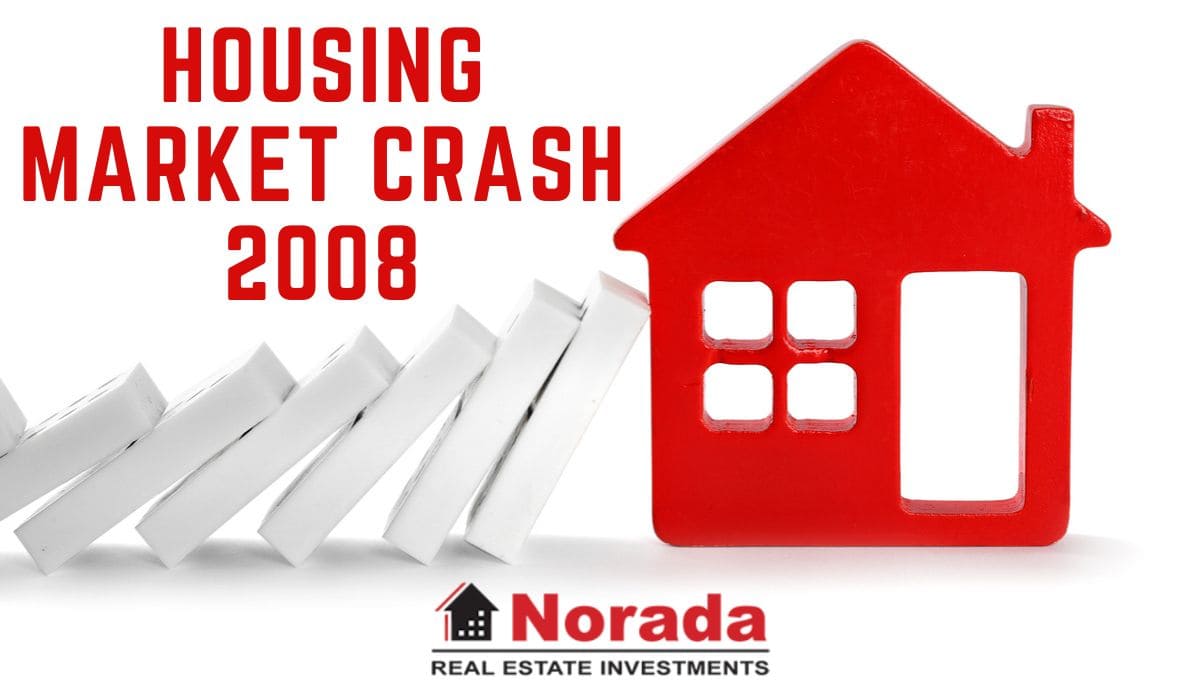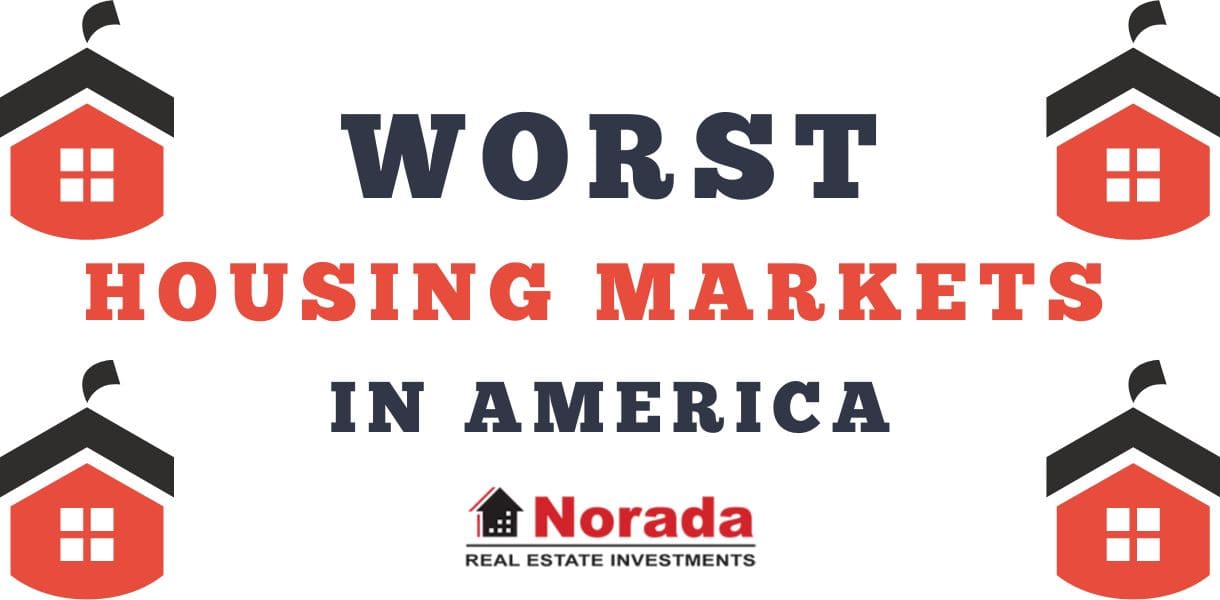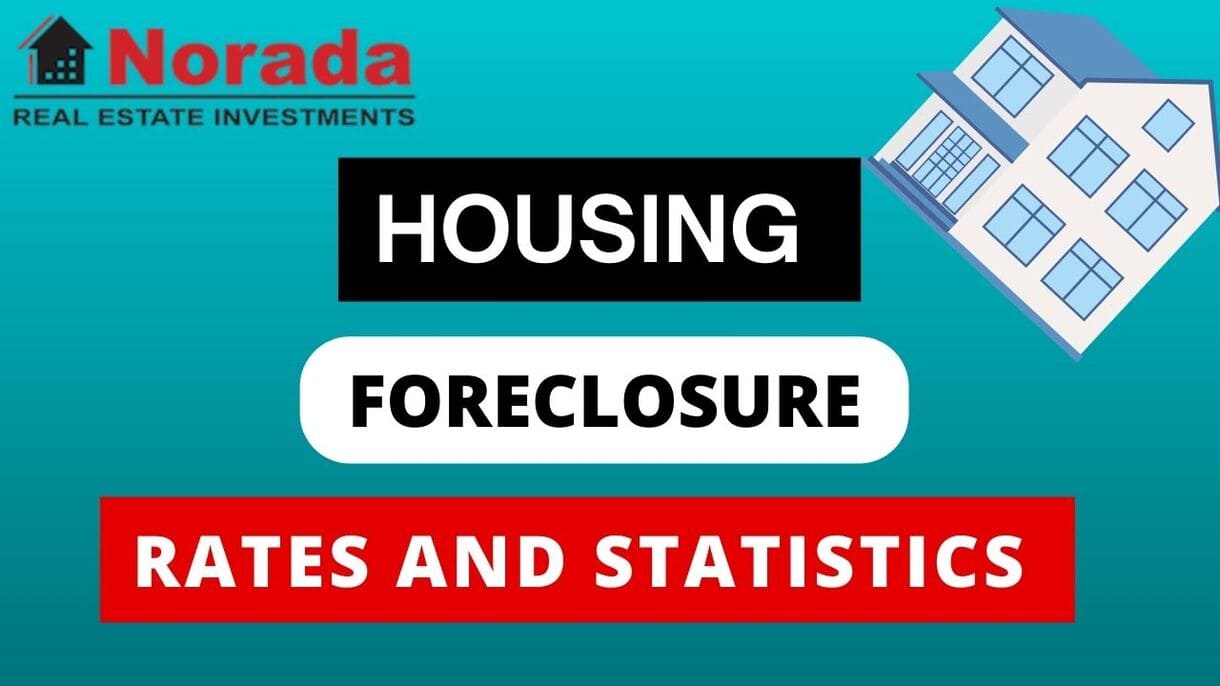If you were around in 2008, you probably remember the sheer panic in the air. The financial world seemed to be teetering on the brink, and housing prices took a major hit. The definitive answer is that, on average, housing prices in the U.S. fell by about 15-20% in 2008, according to major indices like the S&P/Case-Shiller. However, this is just an average, and the true impact varied wildly depending on where you lived.
I remember watching the news reports back then, seeing foreclosure signs popping up everywhere, and feeling a sense of unease about the future. The real estate market, once a seemingly unstoppable force, was suddenly in freefall. But let's dig deeper into the numbers and understand what really happened in 2008.
How Much Did Housing Prices Drop in 2008?
Before we dive into specific numbers, it's important to understand why housing prices plummeted. It wasn't just bad luck; it was a confluence of factors that created a perfect storm:
- Subprime Mortgages: Banks were handing out mortgages like candy, even to people who couldn't really afford them. These “subprime” mortgages often had low initial rates that would later balloon, leaving borrowers unable to pay.
- Mortgage-Backed Securities: These mortgages were bundled together and sold to investors as seemingly safe investments. But when homeowners started defaulting, these securities became toxic.
- Lack of Regulation: Regulators weren't paying close enough attention to the risks being taken by banks and other financial institutions.
- Overbuilding: In many areas, there was simply too much housing supply, leading to a glut on the market.
- Fear and Panic: As the crisis unfolded, fear gripped the market. People stopped buying homes, and those who had them started selling, further driving down prices.
The Numbers Don't Lie: A Look at the Data
So, how much did housing prices actually drop? Let's look at some key data points from different sources:
- National Association of Realtors (NAR):
- Reported a 9.5% drop in the median existing-home price for the entire year of 2008, landing at $197,100, compared to $217,900 in 2007.
- The fourth quarter of 2008 saw a record 12.4% decline compared to the same period in 2007.
- S&P/Case-Shiller Home Price Indices:
- Showed an 18.2% decline in home prices in 20 major metropolitan areas in November 2008 compared to November 2007.
- The entire year of 2008 saw a 15.3% drop compared to 2007.
- Nationwide Building Society (UK):
- House prices in the UK fell by 15.9% in 2008.
- Investopedia:
- Estimates an average 10% drop across developed countries, with some countries experiencing far steeper declines.
- Statistics Canada:
- New house prices fell by 3.1% year-over-year nationally in August 2009, following a peak in September 2008.
Here's a table summarizing the data for easier comparison:
| Source | Measure | Drop in 2008 |
|---|---|---|
| National Association of Realtors (NAR) | Median Existing-Home Price (Full Year) | 9.5% |
| National Association of Realtors (NAR) | Median Existing-Home Price (Q4 2008) | 12.4% |
| S&P/Case-Shiller Home Price Indices | Home Prices (20 Major Metro Areas, Nov) | 18.2% |
| S&P/Case-Shiller Home Price Indices | Home Prices (Full Year) | 15.3% |
| Nationwide Building Society (UK) | House Prices (Full Year) | 15.9% |
| Investopedia | Average Across Developed Countries | 10% |
| Statistics Canada | New House Prices (Aug 2009 from Sept 2008 Peak) | 3.1% (Canada) |
As you can see, the numbers vary depending on the source and the way they calculate the data. The Case-Shiller Index, which focuses on major metropolitan areas, shows a more dramatic decline than the NAR data, which covers the entire U.S.
Beyond the Averages: Regional Differences Mattered
One of the most important things to understand about the housing market crash of 2008 is that it wasn't uniform. Some areas were hit much harder than others. States like Nevada, Florida, Arizona, and California, which had experienced massive housing bubbles, saw some of the steepest declines.
I remember reading stories about entire neighborhoods in Las Vegas and Phoenix being filled with foreclosed homes. Prices in those areas plummeted, leaving many homeowners underwater – meaning they owed more on their mortgages than their homes were worth.
Other areas, particularly those with more stable economies and less speculative building, fared relatively better. For example, some markets in the Northeast and Midwest saw smaller price declines or even modest gains during certain periods.
Even within a single state, there could be huge differences. Coastal areas, where land was scarce and demand was high, often held up better than inland areas with more available land.
The key takeaway is that you can't just look at national averages. You need to consider the specific local market to understand the true impact of the housing crisis.
The Ripple Effect: Consequences of the Crash
The housing price drop in 2008 wasn't just a financial statistic; it had profound consequences for individuals, families, and the entire economy:
- Foreclosures: Millions of homeowners lost their homes to foreclosure, leading to displacement, financial hardship, and emotional distress. I personally knew people who lost their homes and had to start over.
- Underwater Mortgages: Many homeowners found themselves owing more on their mortgages than their homes were worth, making it difficult to sell or refinance.
- Economic Recession: The housing crisis triggered a broader economic recession, with job losses, business failures, and a decline in consumer spending. The domino effect was devastating.
- Bank Failures: Some banks and financial institutions that were heavily invested in mortgage-backed securities went bankrupt or required government bailouts. Lehman Brothers' collapse was a watershed moment.
- Stricter Lending Standards: In the wake of the crisis, lenders tightened their lending standards, making it harder for people to get mortgages, even those with good credit.
Lessons Learned (and Hopefully Not Forgotten)
The housing crisis of 2008 was a painful lesson in the dangers of unregulated financial markets, excessive risk-taking, and unsustainable housing bubbles. While there have been some reforms since then, it's important to remember the lessons of 2008 to prevent a similar crisis from happening again.
For me, the biggest takeaway is the importance of financial literacy and responsible borrowing. It's crucial to understand the terms of your mortgage and to only borrow what you can truly afford. It's also important to be aware of the risks involved in investing in real estate and to diversify your investments.
The housing market has recovered significantly since 2008, but the scars of the crisis remain. By understanding what happened and learning from our mistakes, we can hopefully build a more stable and sustainable housing market for the future.
Read More:
- Why a 2008-Style Housing Market Crash is Unlikely in 2025?
- Financial Crisis 2008 Explained: Causes and Effects
- Will the Next HOUSING CRASH Be WORSE Than 2008?
- How Long Did It Take to Recover From the 2008 Recession?
- Housing Market Crash 2008 Explained: Causes and Effects
- 2024 Housing Market vs. 2008 Crash: Key Differences
- Economist Predicts Stock Market Crash Worse Than 2008 Crisis




